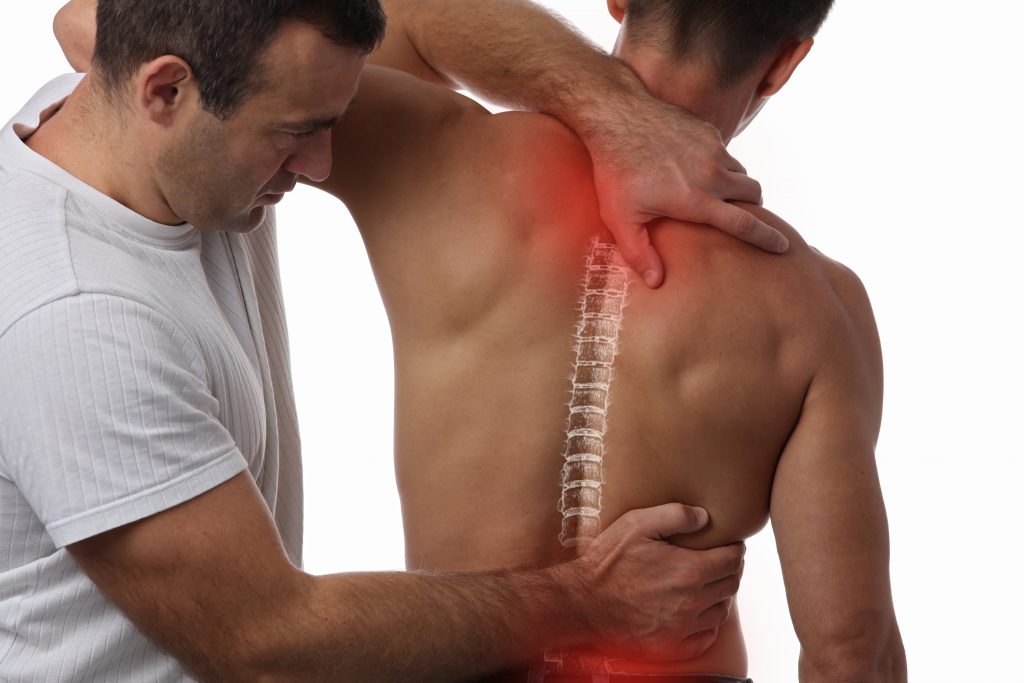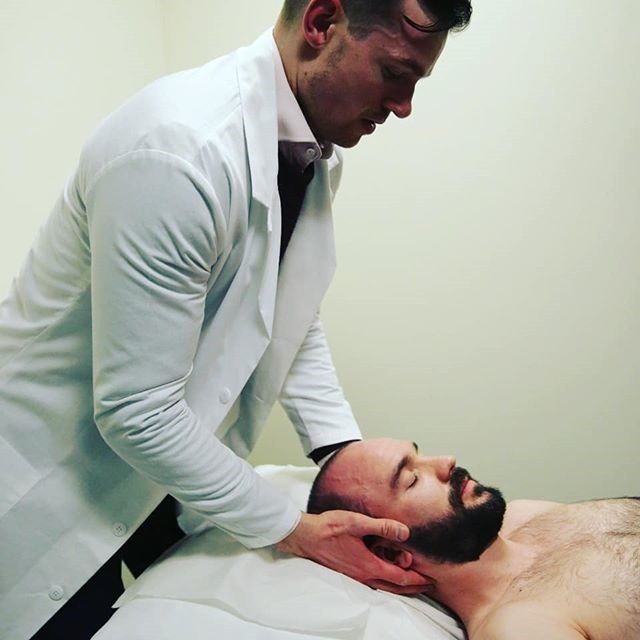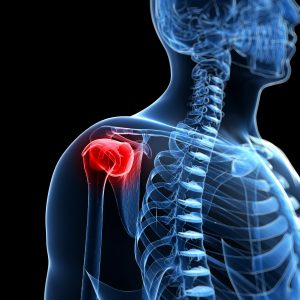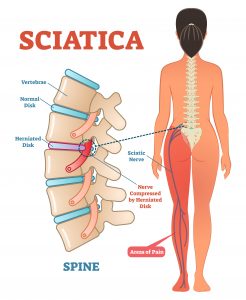Why Osteopathy Works
Intro
We have all experienced physical pain and discomfort. This pain may be preventing you from participating in your chosen sport or causing you to become distracted at work or even impacting on your sleep. This is a frustrating experience for anyone, but what can you do about it? You may search the web for a self diagnosis, but we all know how effective ‘Dr. Google’ is! Maybe you ask your friends if they had something similar, and if they can recommend exercises. But what if you have a different problem which means that the exercises don’t work? This blog will explain to you why Osteopathy works and should be considered as an option.
If you have the means, you could hire a Therapist to consult with you and figure out how to help you. Maybe you have a friend that has been helped by a Therapist and you choose them – at least you’d have something to talk about with them, and they may feel more committed to helping you if you aren’t a complete stranger. You also would have heard anecdotally about the type of treatment on offer, be it exercises, back cracking or massage so the treatment won’t be a complete surprise. If you don’t have that option, there are a few questions you may have when selecting an unrecommended Therapist;
- Are they competent?
- Will they offer the sort of treatment you feel will work?
- Do they specialise in your particular type of injury?
- Will you feel comfortable with them?
This blog aims to help you save time and solve this question by considering Osteopathy, but we will also touch on Physiotherapy, Massage Therapy and Chiropractic Procedures as other options.
What is Osteopathy?
Osteopathy mobilises your body using back/joint cracking, soft tissue and traction techniques. A competent Osteopath will also prescribe exercises, consider your psychological wellbeing and help identify lifestyle habits that could be worsening your condition. For a more detailed explanation, please visit our blog ‘What is Osteopathy’
What is the difference between Physical Therapy professions?
Generally, Osteopathy and Chiropractic treatments are similar.One main difference is the use of scans – Chiropractors have modules in their training that enable X-Ray scanning to help with their diagnoses. Osteopaths (and the wider healthcare community) typically believe that scans don’t add anything to the diagnostic process of musculoskeletal pain and dysfunction.
Physiotherapists and Sports Therapists use more massage and exercise therapy to help treat pain and dysfunction. Physiotherapists have a wider baseline knowledge of general conditions due to their course structure, whereas Osteopaths and Chiropractors mainly focus on musculoskeletal healthcare.
All professions mentioned use evidence-based data to help you get better, so the best way to answer the question of who to see is asking yourself 2 questions: ‘’what type of treatment would you I prefer’’ and ‘’who do I feel I will get on with better’’.
We also have a blog, ‘’Osteopath v Chiropractor’’ should you require further details on this subject.
Why does Osteopathy work?
To discuss why Osteopathy works, I’m going to break it down into 2 parts, each comprising 3 sections:
- Osteopathic Treatment techniques
- Manipulation (back cracking)
- Oscillations
- Traction
- Osteopathic Principles
- Patient care
- CPD hours
- Body as a whole
Treatment techniques
Manipulation (back cracking)
This treatment option is one of the main reasons Osteopathy works, but I have realised that people form two categories with regard to their opinion on manipulation; they either love the idea or loathe it! The question is; how does it work, and will it relieve the pain?
The manipulation actually results in a cavitation, or gapping, of the joint. This produces a crack as the air pressure suddenly changes, which causes bubbles within the fluid in the joint to collapse.
Manipulation has been shown to be effective in treating both muscle and joint pain, as well as an improvement in posture according to Morningstar et al.
Oscillations
Oscillations are a very gentle but effective form of loosening soft tissue and joints by rhythmically moving the body in a gentle back and forth motion.
Studies show that oscillations have a positive effect in reducing pain, reabsorbing swelling and inflammation and can also improve tissue quality, particularly post injury.
Traction & distraction
Traction and distraction techniques are pain reducing methods that work by a gentle ‘pull’ of the joint. Despite how this may sound, it is very soothing, and your Therapist could never pull your joint out of its’ socket by applying this technique!
The research of into traction has confirmed a reduction in pain and an increase in the joint’s range of motion. It can also increase bodily awareness. This occurs as a result of an increase in the lubrication of the joint that is being worked on. Imagine that this method is similar to the oiling of a squeaky door hinge; you get increased ease of movement and pain due to a reduction in (choose which sounds best) friction when moving.
Osteopathic Principles
Patient care
Quality Patient care is the cornerstone of good Osteopathic practice. We understand that time spent with the patient is paramount to how you can care for them, which is why Osteopaths send over 5 times the amount of time with a patient compared to a G.P. in the UK (average G.P. time is 10.6 minutes v compared to 45-60 minutes with an Osteopath).
There are statistics to back up how cared for patients feel with Osteopaths; Dr. Carol Fawkes’s research found that:
- 87.9% of patients reported they would be highly likely to recommend Osteopathic services to their friends and family.
- 87.9% of patients reported that they were felt very satisfied with their Osteopathic care.
- 94.5% of patients reported their experience as being very good.
- 74.9% of patients reported feeling much improved or having completely recovered after Osteopathic care.
CPD Hours
Continuous Professional Development, or CPD for short, are hours per year that a Professional must dedicate towards developing their skills. This includes attending events, study groups and independent reading. Osteopaths and Physiotherapists dedicate 30 hours per year to CPD, with Chiropractors dedicating 25 hours. Ultimately, Osteopathy works when your osteopath works!
The Body as a Whole
Because Osteopaths see the human body as one whole holistic mechanism, we believe that looking after your body doesn’t just take the form of Osteopathy. There is an embrace of a coordination with other professions; I often hear success stories of from Podiatrists, Naturopaths and Homeopaths alike, and as far as I am concerned; if it works for you, it works!
I often consult with Personal Trainers and Psychotherapists about how to integrate Osteopathy into their care programs.
For any further questions on why osteopathy works, please don’t hesitate to ask:
0161 209 2980
info@movementandwellbeingclinic.co.uk
Ed Madeley M.Ost




